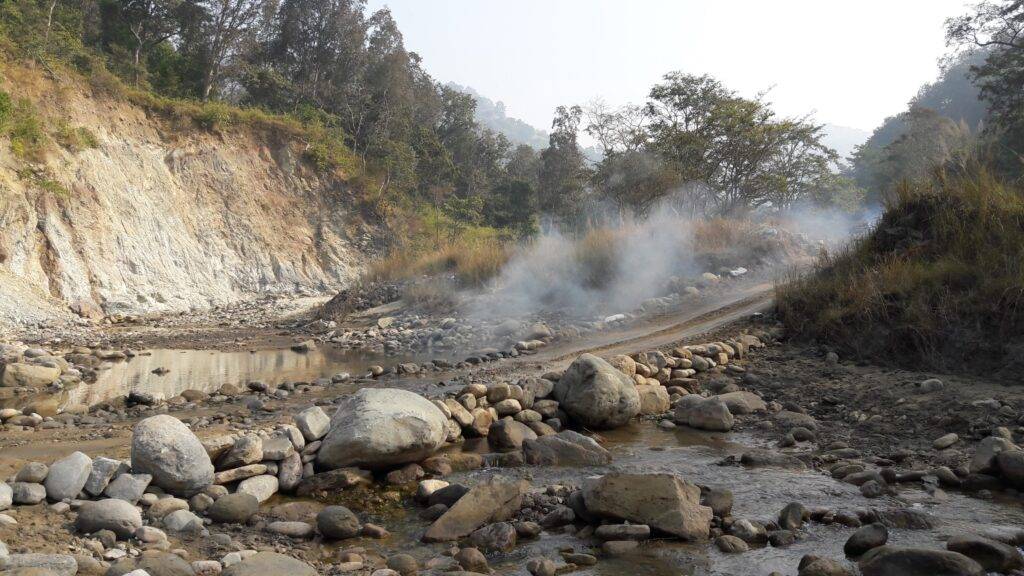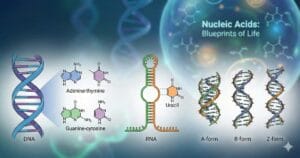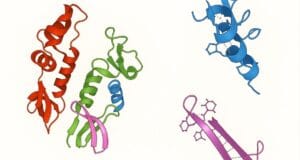
COMPETITIVE EXAM MCQs SERIES of ENVIRONMENTAL SCIENCE for UGC-NET/JRF, SLET, ARS, GATE, and other entrance tests – Environmental Geosciences-Concept of Minerals & Rocks.
Syllabus Outline
- Composition, classification, and properties of minerals (e.g. chemical structure and physical characteristics).
- Types of rocks, detailing their formation and characteristics.
- Igneous Rocks (e.g. Intrusive Igneous Rocks: Granite, Diorite and Gabbro, Extrusive Igneous Rocks: Basalt, Andesite, and Rhyolite).
- Sedimentary Rocks (e.g. Clastic Sedimentary Rocks: Conglomerate, Sandstone and Shale, Chemical Sedimentary Rocks: Limestone, Dolomite and Evaporites, Organic Sedimentary Rocks: Coal and Chert).
- Metamorphic Rocks (e.g. Foliated Metamorphic Rocks: Slate, Schist and Gneiss, Non-foliated Metamorphic Rocks: Marble, Quartzite and Anthracite).
- Mineral resources, mining impacts, and sustainable resource management.
- Geological processes and their influence on environmental changes.
This quiz contains the concept-based most frequently asked 25 MCQs of “Environmental Geosciences-Concept of Minerals & Rocks “. Each question has a single correct/most appropriate answer.
*****
1. What controls the formation of landforms, including mountains, valleys, and plateaus?
a) Biological processes
b) Climatic processes
c) Tectonic processes
d) Chemical weathering
2. In the Bowen’s reaction series, which mineral is the last to crystallize from a cooling magma?
a) Muscovite
b) Olivine
c) Quartz
d) Biotite
3. The concept of pluton is associated with the emplacement of:
a) Sedimentary rocks
b) Intrusive igneous rocks
c) Metamorphic rocks
d) Volcanic rocks
4. The cementation process is important in which type of rock formation?
a) Sedimentary
b) Igneous
c) Foliated
d) Metamorphic
5. The process of compaction in sedimentary rock formation is primarily driven by:
a) Chemical reactions
b) Biological activity
c) Pressure from overlying sediments
d) High temperatures
6. Which mineral is a common indicator of ultramafic rocks?
a) Pyroxene
b) Amphibole
c) Feldspar
d) Quartz
7. The concept of strike and dip is used to describe the orientation of:
a) Sedimentary rocks
b) Igneous rocks
c) Metamorphic rocks
d) Rock layers or beds
8. What classification system categorizes elements based on their geochemical behaviour and abundance in Earth’s crust?
a) Mohs scale
b) Bowen’s reaction series
c) Goldschmidt classification
d) Dana classification
9. The major mineral component of granite is:
a) Biotite
b) Muscovite
c) Feldspar
d) Quartz
10. The concept of metamorphism is related to the:
a) Alteration of existing rocks
b) Cooling of molten magma
c) Breakdown of minerals into ions
d) Formation of sedimentary rocks
11. The rock cycle involves the continuous transformation of rocks between the three main types: igneous, sedimentary, and:
a) Clastic
b) Crystalline
c) Metamorphic
d) Foliated
12. The Mohs scale is used to measure the:
a) Hardness of minerals
b) Density of minerals
c) Melting point of minerals
d) Cleavage of minerals
13. Which type of rock is formed from the cooling and solidification of molten magma beneath the Earth’s surface?
a) Metamorphic rock
b) Extrusive igneous rock
c) Sedimentary rock
d) Intrusive igneous rock
14. The mineral halite is commonly associated with which type of sedimentary rock?
a) Sandstone
b) Shale
c) Limestone
d) Conglomerate
15. The concept of isostasy is primarily associated with the equilibrium between the Earth’s:
a) Atmosphere and lithosphere
b) Core and mantle
c) Hydrosphere and lithosphere
d) Crust and mantle
16. Which mineral group includes minerals like quartz, feldspar, and mica?
a) Silicates
b) Sulfides
c) Carbonates
d) Oxides
17. __________ is an essential component of both mica and clay minerals.
a) Quartz
b) Muscovite
c) Biotite
d) Feldspar
18. Which of the following is NOT a characteristic of sedimentary rocks?
a) Foliation
b) Stratification
c) Ripple marks
d) Fossils
19. Which type of rock results from the recrystallization of existing rocks due to high temperature and pressure?
a) Metamorphic rock
b) Igneous rock
c) All types of rocks
d) Sedimentary rock
20. In the context of minerals, the term cleavage refers to:
a) The tendency of a mineral to break along certain planes
b) The alignment of mineral grains
c) The colour of a mineral in powdered form
d) The way a mineral reflects light
21. Which type of rock is formed through the solidification of molten magma?
a) Metamorphic
b) Sedimentary
c) Igneous
d) Foliated
22. The concept of mass wasting refers to:
a) Slow downslope movement of Earth’s material
b) Chemical breakdown of minerals
c) Formation of sedimentary rocks
d) Movement of rocks due to glacial activity
23. Which of the following is a common characteristic of foliated metamorphic rocks?
a) Volcanic origin
b) High quartz content
c) Layering or banding
d) Random crystal orientation
24. What is the primary criterion for classifying minerals into different groups?
a) Color
b) Specific gravity
c) Cleavage
d) Hardness
25. The mineral pyrite, also known as fool’s gold, is often associated with which type of rock?
a) Shale
b) Slate
c) Sandstone
d) Limestone
*****
Previous: Origin of Earth
Next: Geophysical Fields
References
- Klein, Cornelis, and Dutrow, Barbara (2017) Manual of Mineral Science, John Wiley & Sons, 23rd edition.
- Perkins, Dexter, and Henke, Kevin R. (2018) Introduction to Mineralogy, Oxford University Press, 3rd edition.
- Press, Frank, and Siever, Raymond (2003) Understanding Earth, W. H. Freeman, 5th edition.

